×
![]()
neos-pseudoapplication-106
| Type: | Model Group |
| Submitter: | Hans Mittelmann |
| Description: | Collection of anonymous submissions to the NEOS Server for Optimization |
Parent Model Group (neos-pseudoapplication-106)
All other model groups below were be compared against this "query" model group.  |
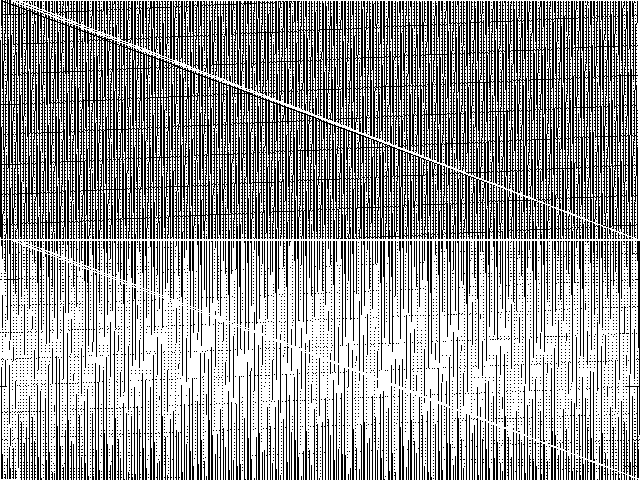 |
|
Model Group Composite (MGC) image
Composite of the decomposed CCM images for every instance in the query model group.
|
Component Instances (Decomposed)
These are the decomposed CCM images for each instance in the query model group.  |
These are component instance images.
|
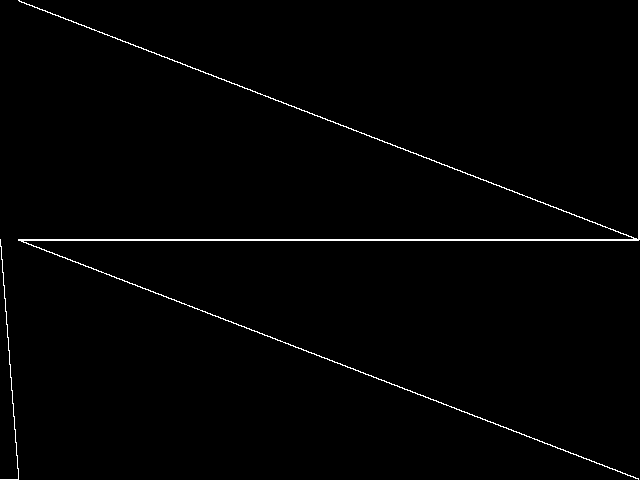 |
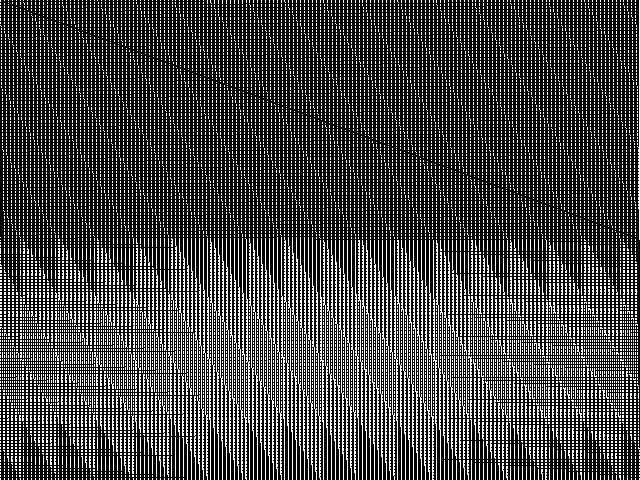 |
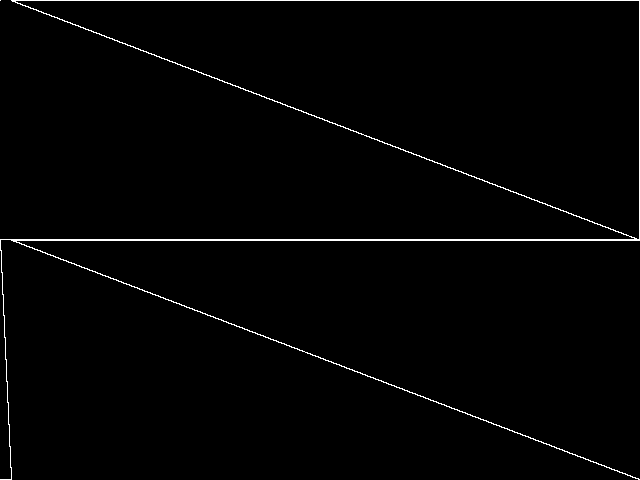 |
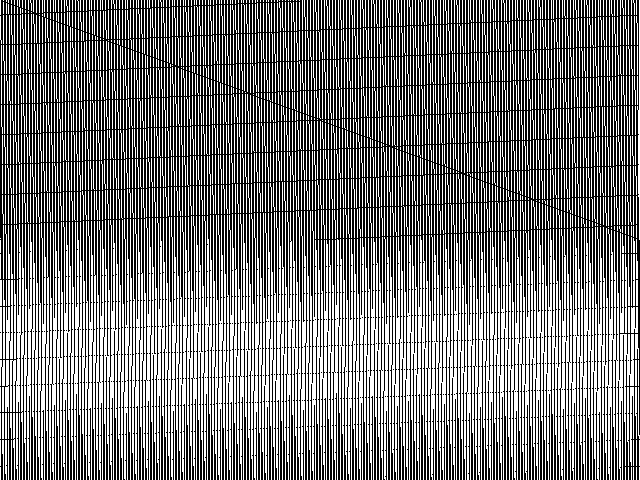 |
 |
| Name | neos-4359986-taipa | neos-5013590-toitoi | neos-4391920-timok | neos-4760493-puerua |
MIC Top 5 Model Groups
These are the 5 MGC images that are most similar to the MGC image for the query model group, according to the ISS metric.  |
FIXME - These are model group composite images.
|
 |
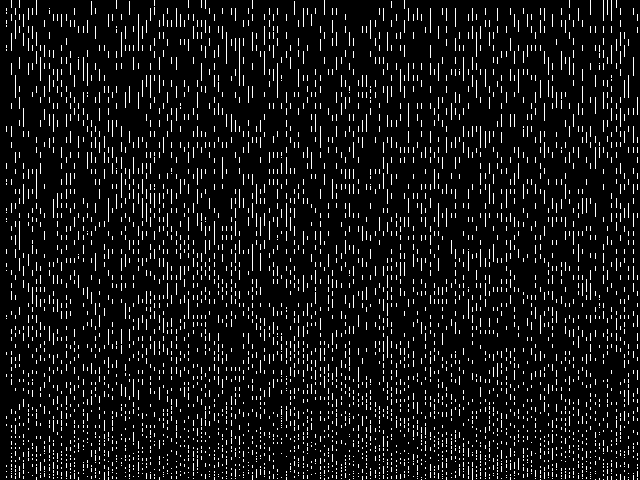 |
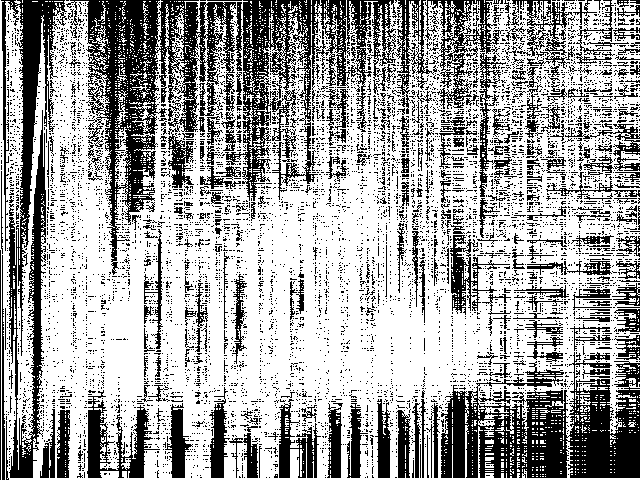 |
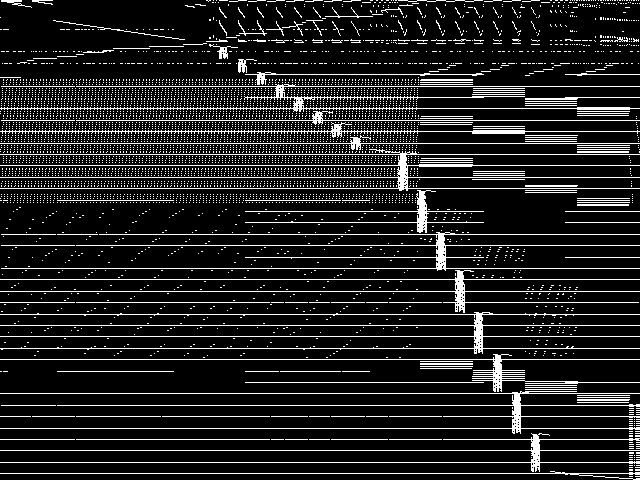 |
 |
| Name | iis | 2hopcds | ivu | neos-pseudoapplication-78 | air | |
|
Rank / ISS
The image-based structural similarity (ISS) metric measures the Euclidean distance between the image-based feature vectors for the query model group and all other model groups. A smaller ISS value indicates greater similarity.
|
1 / 0.854 | 2 / 1.128 | 3 / 1.288 | 4 / 1.289 | 5 / 1.295 |
Model Group Summary
The table below contains summary information for neos-pseudoapplication-106, and for the five most similar model groups to neos-pseudoapplication-106 according to the MIC.
| MODEL GROUP | SUBMITTER | DESCRIPTION | ISS | RANK | |
|---|---|---|---|---|---|
| Parent Model Group | neos-pseudoapplication-106 | Hans Mittelmann | Collection of anonymous submissions to the NEOS Server for Optimization | 0.000000 | - |
| MIC Top 5 | iis | Marc Pfetsch | 23 "middlehard" Set-Covering Models for MIPLIB: they have a small number of variables compared to the number of constraints and CPLEX 12.1 needs about one hour to solve them.For more information, have a look into the readme file which explains how the models can be created. | 0.854061 | 1 |
| 2hopcds | Austin Buchanan | A problem in wireless networks. The objective is to select a minimum number of relay nodes so that any two nonadjacent nodes can communicate by way of the chosen relay nodes in at most s hops, where s is a problem input. The 2-hop case of this problem can be formulated as a set cover/hitting set problem with n binary variables and n^2 constraints: _{ k N(i) N(j) } x_k 1 for nonadjacent node pairs {i,j}. Despite the formulation's simplicity, models with as few as 120 variables are left unsolved after one hour using Gurobi 7.0.2. | 1.127690 | 2 | |
| ivu | S. Weider | Set partitioning model resulting from a column generation algorithm used for duty scheduling in public transportation. Solved in June 2014 using CPLEX 12.6 with 48 threads in about 25 days. | 1.287577 | 3 | |
| neos-pseudoapplication-78 | Jeff Linderoth | (None provided) | 1.289346 | 4 | |
| air | G. Astfalk | Airline crew scheduling set partitioning problem | 1.294976 | 5 |

